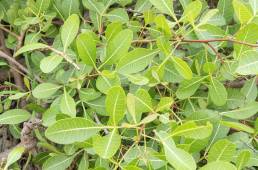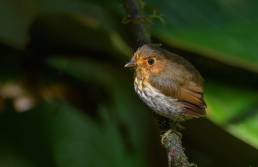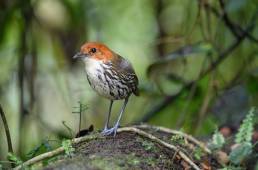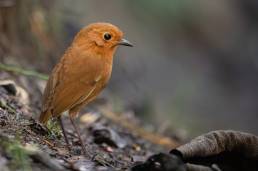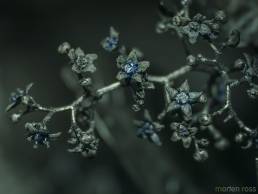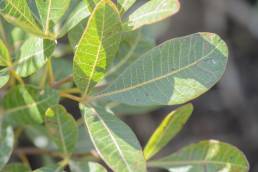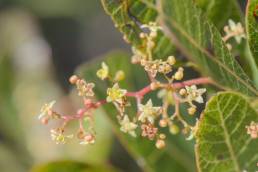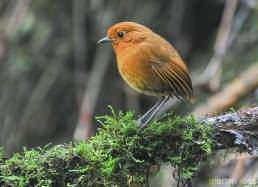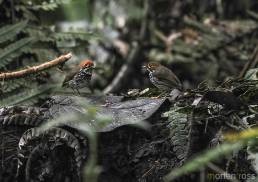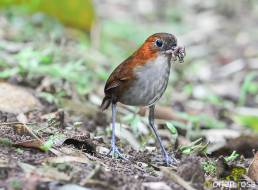14 Dec 2023
Searsia thyrsiflora
A common species on Socotra's northwestern limestone plateau (Hamaderoh) where this is captured, and the Haghier mountains. Endemic. Elevation: 595 meters.…
19 Nov 2018
Ochre-breasted Antpitta (Grallaricula flavirostris)
At 10cm (4in) this is one of the smaller species of antpittas.
19 Nov 2018
Chestnut-crowned Antpitta (Grallaria ruficapilla)
The secretive antpittas are heard for the most part and seen only when you patiently and carefully hone in on their location. Even then it will often be their…
18 Nov 2018
Equatorial Antpitta (Grallaria saturata)
Many of the antpitta species have incredible vocal abilities, and the rufous antpitta is one of those. They live in dense forests where the reach of sound is…
13 Feb 2015
Searsia thyrsiflora UV
Not particularly colorful in visible light and even less so in UV - all dark as it is.
13 Feb 2015
Searsia thyrsiflora
I found many of this species on top of Socotra – Skand (or Skand), but few with good flowers as it was nearing the end of the season.
Endemic.
13 Feb 2015
Searsia thyrsiflora
I found many of this species on top of Socotra - Skand (or Skand), but few with good flowers as it was nearing the end of the season. Endemic.
11 Dec 2011
Equatorial Antpitta (Grallaria saturata)
Yanacocha has recently succeeded in domesticating the Rufous Antpitta, something my guide was unaware of the first time we went to this reserve in November.…
1 Dec 2011
Peruvian Antpitta (Grallaricula peruviana)
The lodge currently has two antpitta feeding stations, and this one is by far the darkest and most difficult, as the Peruvians are wary and small. This…
1 Dec 2011
White-bellied Antpitta (Grallaria hypoleuca)
This is from the feeding area closest to the lodge and the second species of Antpitta that is now domesticated enough to both accept worms from humans as well…
